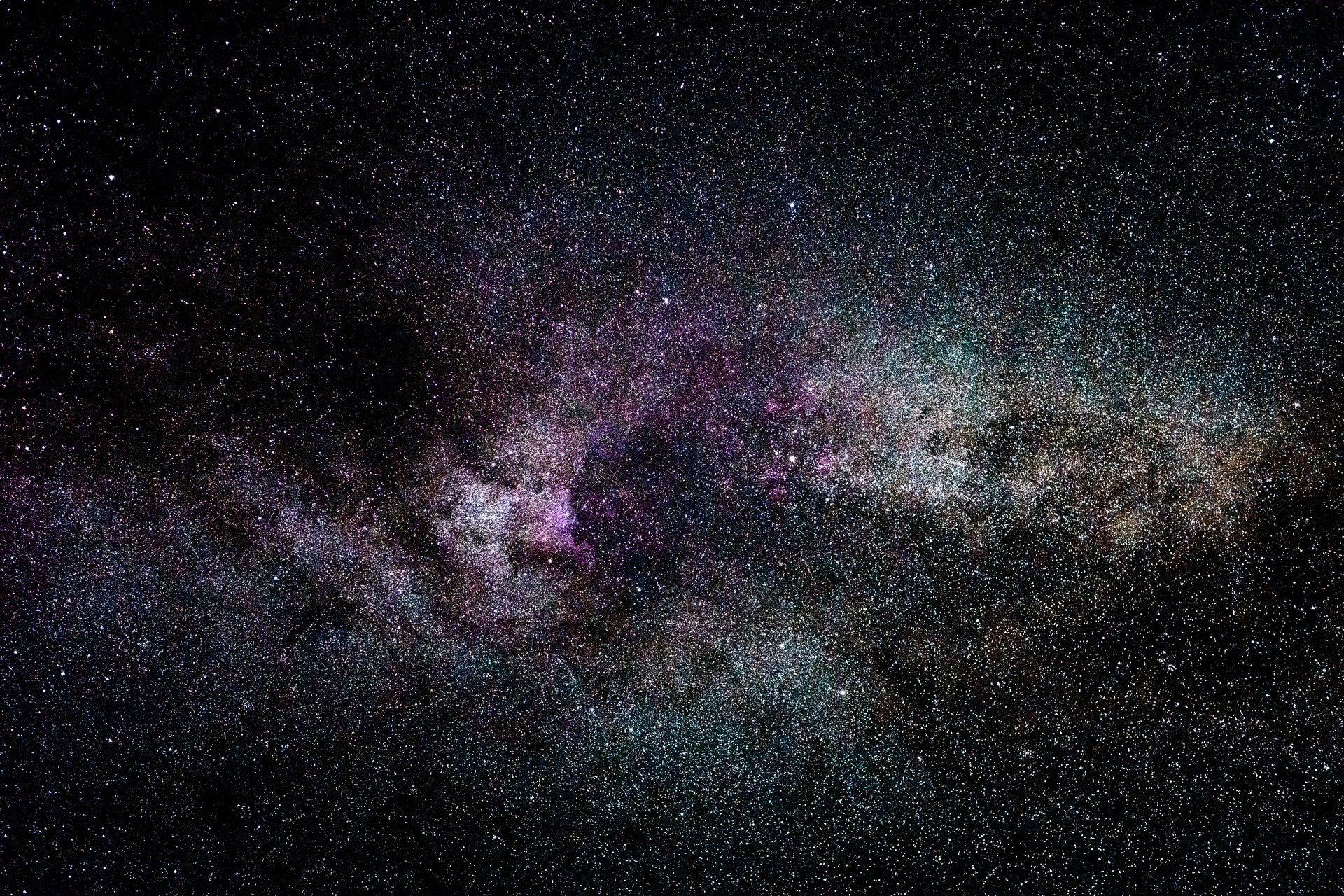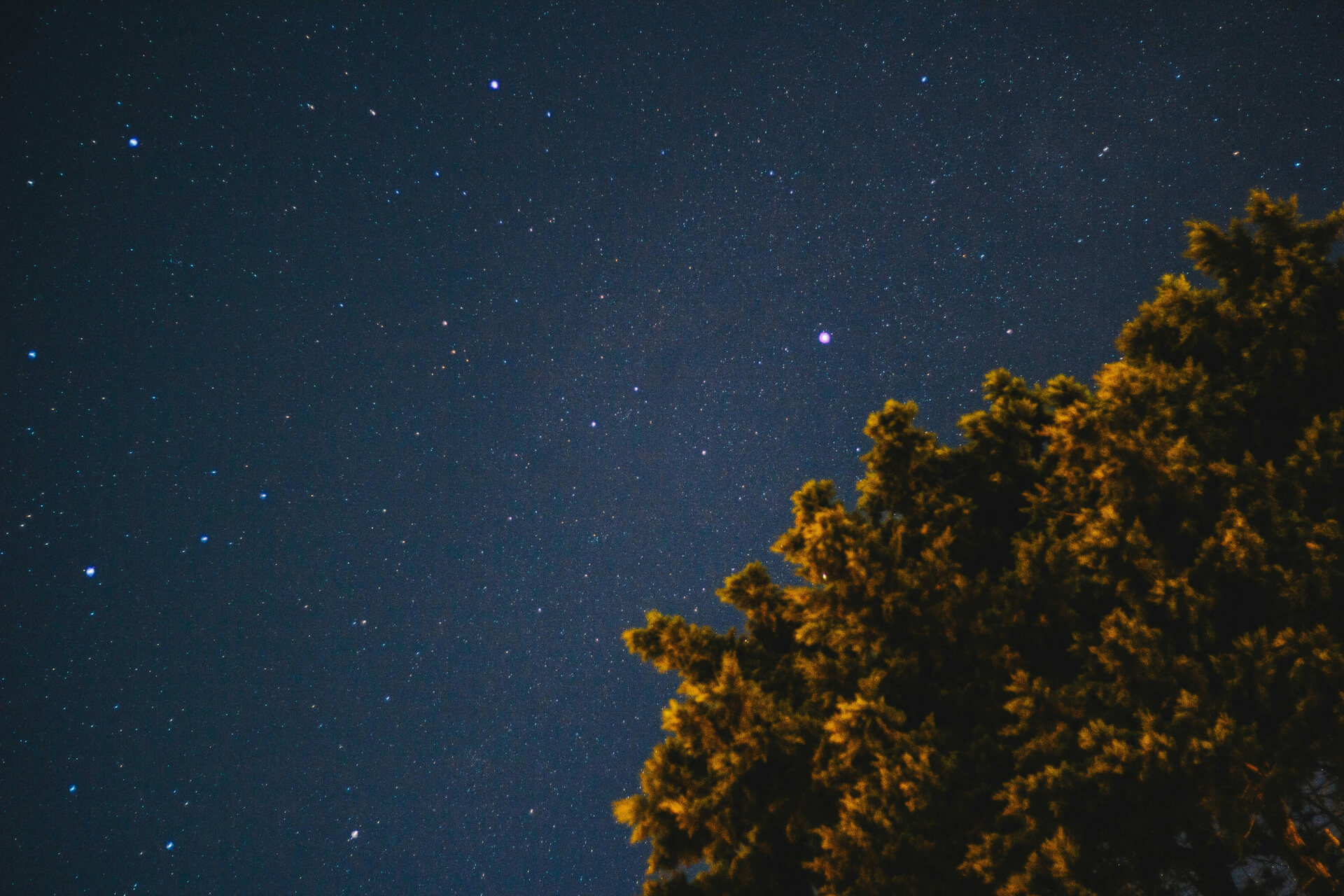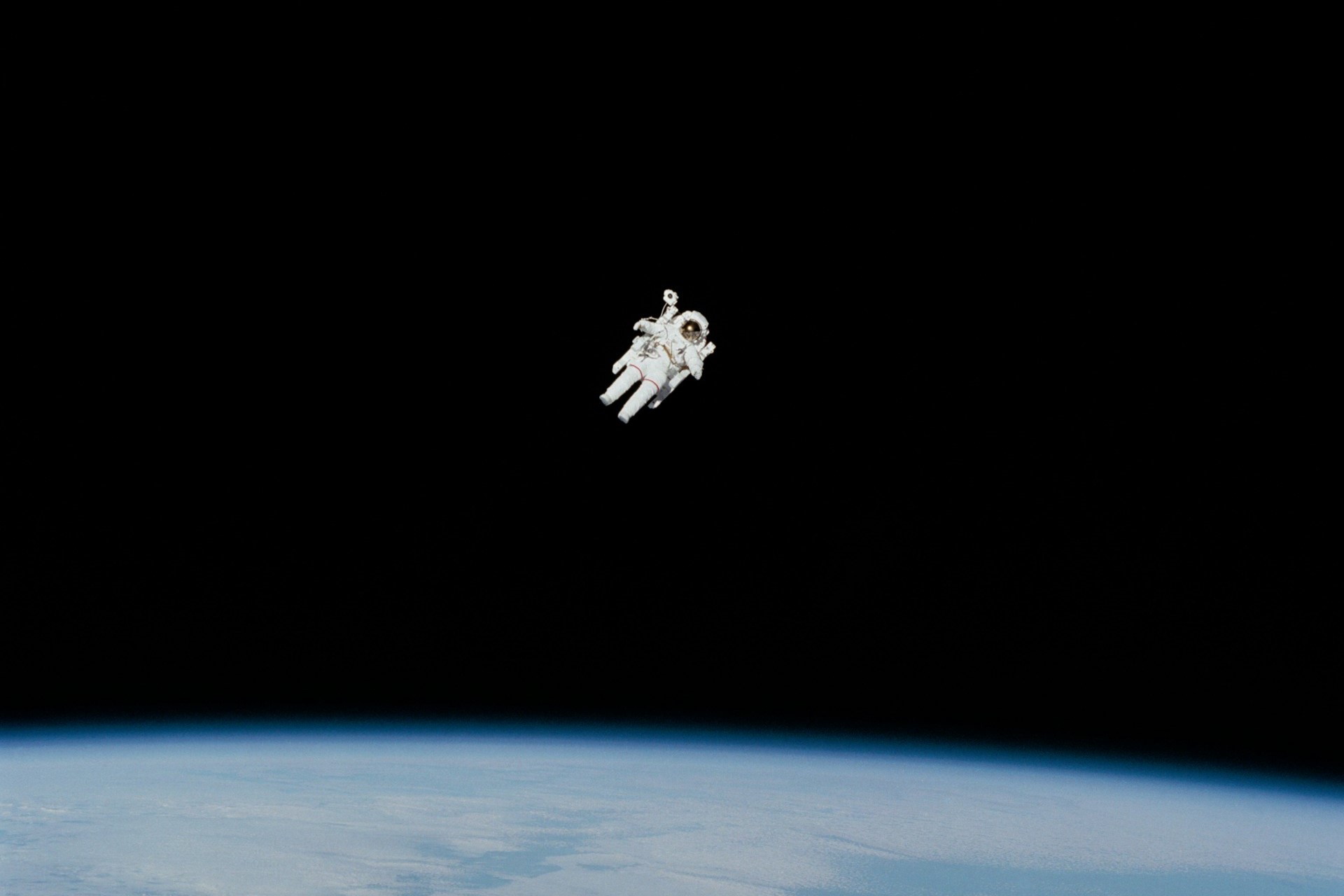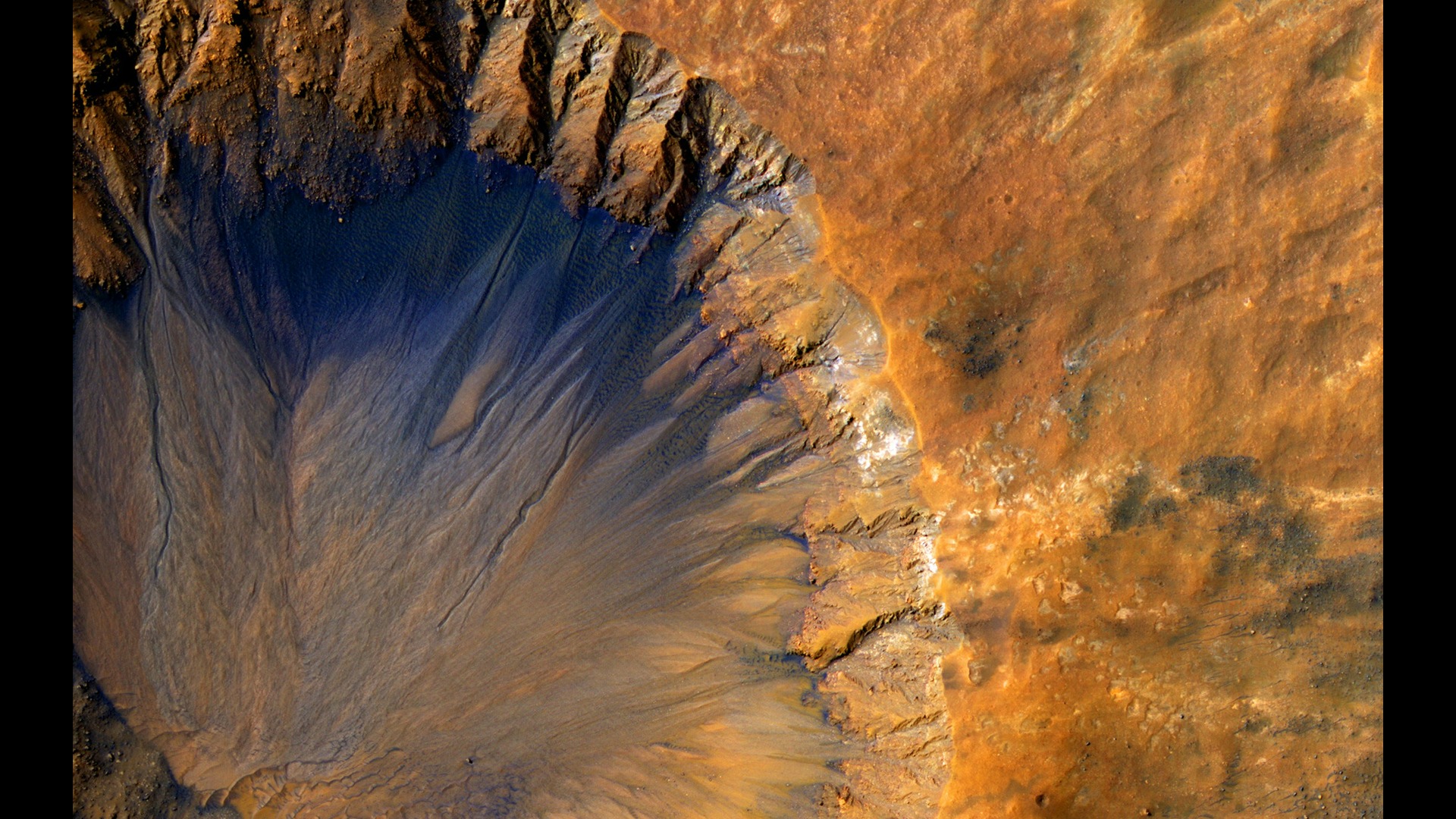
Stellar Classification: Do You Know the Different Classes of Stars?
February 26, 2019 - Emily Newton
Revolutionized is reader-supported. When you buy through links on our site, we may earn an affiliate commission. Learn more here.
Have you ever gone outside at night and gazed up at the stars, wondering what was out there? If you’re nodding, don’t worry — you’re not alone. We’ve been wondering about those little points of light in the sky for as long as we’ve thought to look up. Did you know that each star you see in the night sky — and the millions that you can’t see with the naked eye — have a letter to designate what kind of star they are? Let’s take a look at the different types of stars, and what stellar classification means.
What Are Stars Made Of?
Before we start classifying stars, we need to answer one burning question — what are stars made of?See what we did there? Burning questions, since stars burn? Anyone? Okay, we’ll leave the comedy to the professionals.
Every star that you see in the night sky began its life in a nebula — a cloud of interstellar gas. These nebulae are primarily made up of hydrogen and helium but contain other trace elements. Some nebulae even include organic molecules that have evolved to survive in the vacuum of space, though we have no idea where these organic molecules come from — yet.
Over time, the nebula will begin to spin and generate a central gravity. Over millennia, the pressure at this pivotal point will continue to build until the nucleus of the hydrogen and helium molecules collapse, a process known as nuclear fusion.
Fusion is the opposite of the fission that powers our nuclear reactors. During nuclear fission, the molecules split apart, releasing massive amounts of energy and dangerous radiation. That’s what makes it so useful for power generation and weapon creation. Fusion also releases energy, but it burns much cleaner.
When fusion occurs, the collected hydrogen gas ignites, and a star is born. We’ll take a deeper dive into the life cycle of stars in another article soon.
What Is Stellar Classification?
Not all stars are created equal, and they don’t all look like the yellow dwarf star that sits at the center of our solar system. That’s where stellar classification comes in.
Most modern astronomers use the Morgan-Keenan system to sort the stars they observe. This system, introduced in 1943 by William Wilson Morgan and Philip C. Keenan, classifies stars according to two criteria — their spectral type and luminosity class.
A star’s spectral type falls into one of seven letters — OBAFGKM. A number designates the luminosity class. Let’s take a closer look at these two classifications.
Classes of Stars: Only Boring Astronomers Fight Green Killer Martians
Are you familiar with the concept of mnemonics? These memorization tools give you an easy-to-remember word or phrase that aligns with each letter in the acronym. Roy G. Biv — the mnemonic for the colors of the rainbow — is a good example. The name breaks down into the seven colors — red, orange, yellow, green, blue, indigo, violet, so you don’t have to remember all of those colors.
When it comes to a star’s spectral type, you need to remember this phrase: Only Boring Astronomers Fight Green Killer Martians.OBAFGKM.For the sake of clarification, the classic mnemonic for this acronym is “Oh, Be A Fine Girl/Guy, Kiss Me,” but we like the other one better:
- O — Stars that are blue and hotter than 30,000 Kelvin
- B — Stars that are blue-white and between 10,000 and 30,000 Kelvin
- A — Stars that are white and between 7,500 and 10,000 Kelvin.
- F — Stars that are yellow-white and between 6,000 and 7,5000 Kelvin.
- G — Stars that are yellow and between 5,200 and 6,000 Kelvin
- K — Stars that are orange and between 3,700 and 5,200 Kelvin
- M — Stars that are red and between 2,400 and 3,700 Kelvin.
For comparison, the coolest star on this list — the M — is 2,400 Kelvin, which is equivalent to 2,126.85 degrees Celsius or 3,860.33 degrees Fahrenheit. The hottest star — type O — is more than 30,000 Kelvin, which is equal to 29,726.85 degrees Celsius or 53,540.33 degrees Fahrenheit.
Our yellow sun is classified as G-type star. Sirius, the Dog Star, is a B-type blue-white star, while Betelgeuse, in the constellation Orion, and Antares, in the constellation Scorpius, are classified as M-Type red stars.
There are also sub-classes of each of these letters, which further divides them from 0-9 with 0 being the coldest star in the range and 9 being the hottest. With this in mind, our home star becomes a G2 class celestial body.
Luminosity ratings break these classes of stars down even further to help scientists categorize the millions of stars that they’re studying every single day.
From Supergiants to Dwarfs
Now that we have a letter assigned to each star, they have to be further classified by their size. Roman numerals designate these:
- 0 — Hypergiants
- Ia — Most Luminous Supergiants
- Ib — Less Luminous Supergiants
- II — Luminous Giants
- III — Normal Giants
- IV — Subgiants
- V — Main Sequence Stars, otherwise known as Dwarfs
- sd — Sub-dwarfs
- D — White dwarfs
Now, our yellow G-Type sun is classified as a G2V star, because in addition to being yellow, it is also considered a dwarf or main sequence star.
Asymptotic and Peculiar Stars
When it comes to stellar classification, these letter and Roman numeral designations can break down even further. Some stars, toward the end of their life cycle, become too big to fit into any of the other classifications. These are known as Asymptotic Giants and are named R, N and S type.
Other suffixes might be added to a star’s designation, depending on its appearance and composition. Lowercase letters are added after the celestial body’s spectral and luminosity classifications:
- Comp — We can see multiple spectrums in the star. This could mean that the system is an unresolved binary star.
- e — We can see hydrogen or helium lines.
- m — The star’s emission lines match the spectral resonance of known metals other than hydrogen or helium. This often happens in A-type stars.
- n — The star shows broad emission lines. This occurs because the star spins faster than our sun.
- nn — The star’s emission lines are even more extensive, indicating a high-speed rotation.
- neb — The spectrum of the nebula that gave birth to the star mixes into its emission lines.
- p — There is something strange with the star, but we can’t quite figure out what it is yet.
- s — Sharp or narrow emission lines that indicate a slower spin speed.
- sh — A shell star, that has emission lines that form a shell around the surface of the star.
- var — The spectral type of the star varies depending on the time observed. These stars go through bright and dim phases.
- wl — Weak lines which usually show up in ancient stars or ones of poor quality.
These stellar classifications can get complicated. The designation for Epsilon Ursae Majoris, one of the stars in the big dipper, is A1III-IVp kB9. This indicates that it’s an A-type star that may be a regular giant or subgiant with an unspecified peculiarity.
There are even a couple of star types that are so strange that they don’t fit into any of the other categories.
Wolf-Rayet stars look like O-type blue stars, but instead of showing hydrogen and helium emission lines, these stars showcase carbon, nitrogen and oxygen emissions. They’re dubbed WC, WN, or WO, depending on which element is present. They also almost always end their lives as massive supernovas.
T Tauri stars are the babies of the interstellar family. These newly formed stars can’t always be classified because they’re still growing and changing, leading to unpredictable shifts in their color, temperature, and luminosity.
Recently, we discovered fossil stars — stars that exist in globular clusters that are so old that they might even date back to the Big Bang — in our home galaxy.
Just Scratching the Surface
Even with all of this information, we’re still just barely scratching the surface of everything astronomy has to offer. There are so many stars in the sky that it would take you 3,200 years to count the ones in the Milky Way. We’re going to leave you today with a quote from Babylon 5, an iconic science fiction show from the 1990s.
“The molecules of your body are the same molecules that make up this station, and the nebula outside, that burn inside the stars themselves. We are star-stuff. We are the Universe made manifest, trying to figure itself out. And, as we have both learned, sometimes the universe requires a change of perspective.”
Those same molecules that make up those stars that you gaze at every night are a part of you. Stay tuned — we have some great new articles planned for you as we continue to help the universe figure itself out.
Revolutionized is reader-supported. When you buy through links on our site, we may earn an affiliate commission. Learn more here.
Author
Emily Newton
Emily Newton is a technology and industrial journalist and the Editor in Chief of Revolutionized. She manages the sites publishing schedule, SEO optimization and content strategy. Emily enjoys writing and researching articles about how technology is changing every industry. When she isn't working, Emily enjoys playing video games or curling up with a good book.







